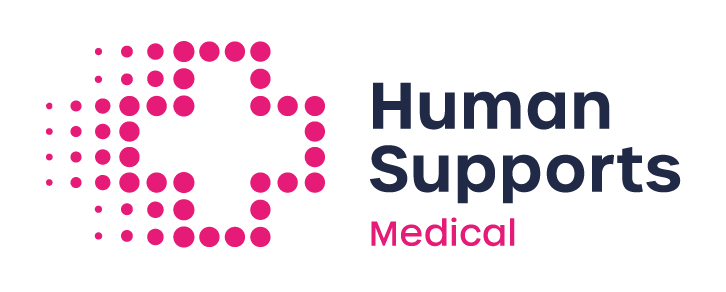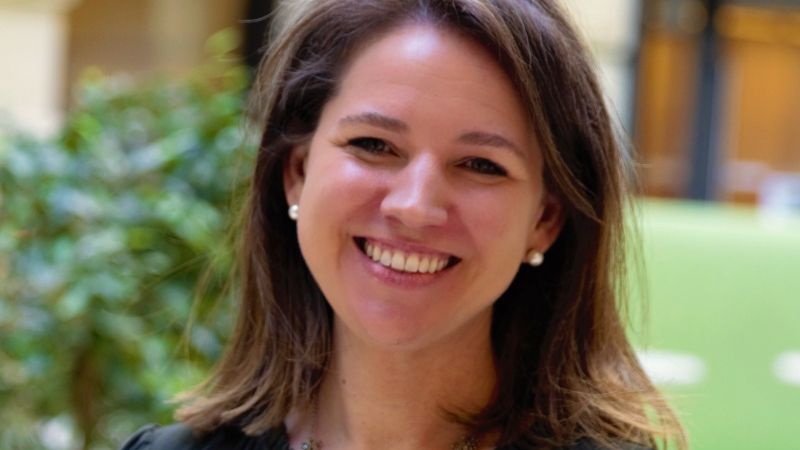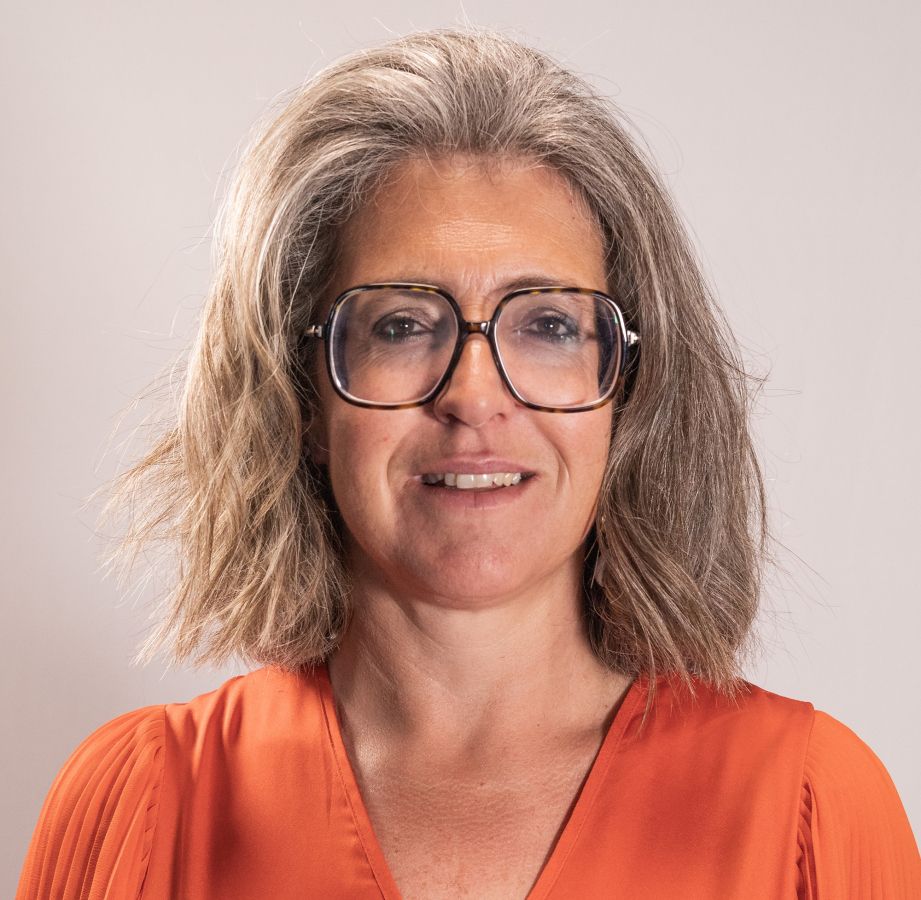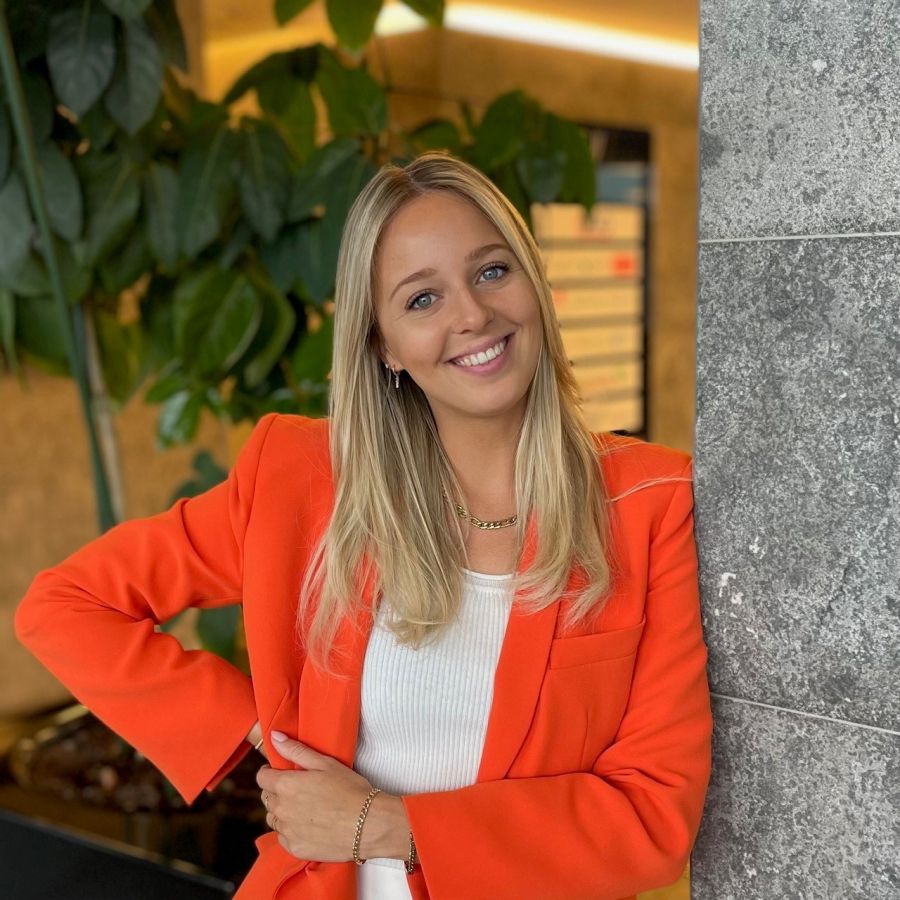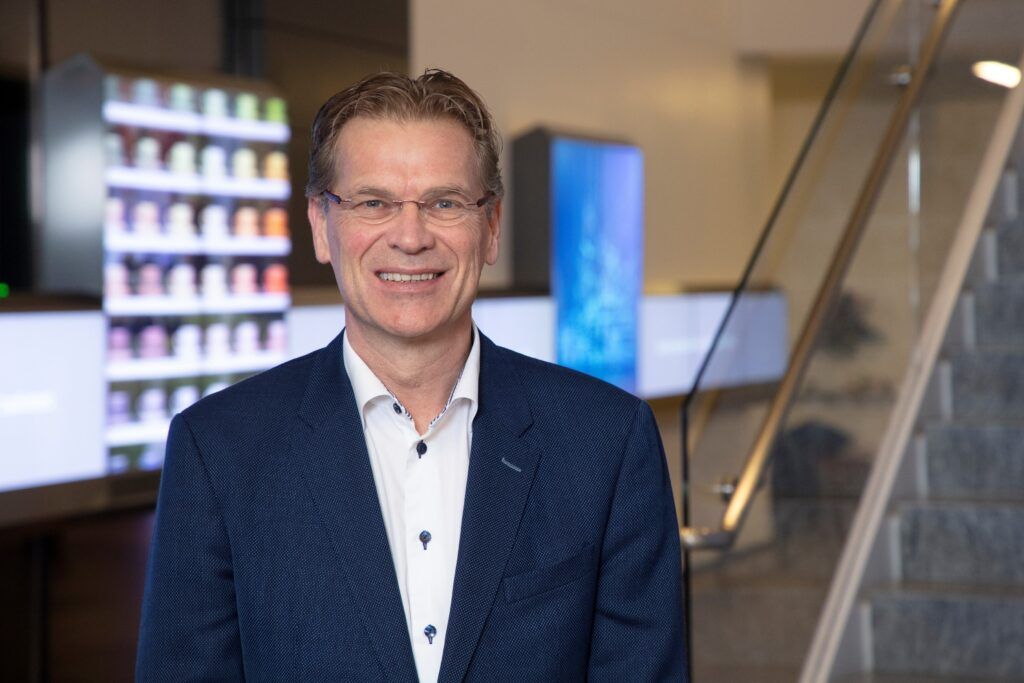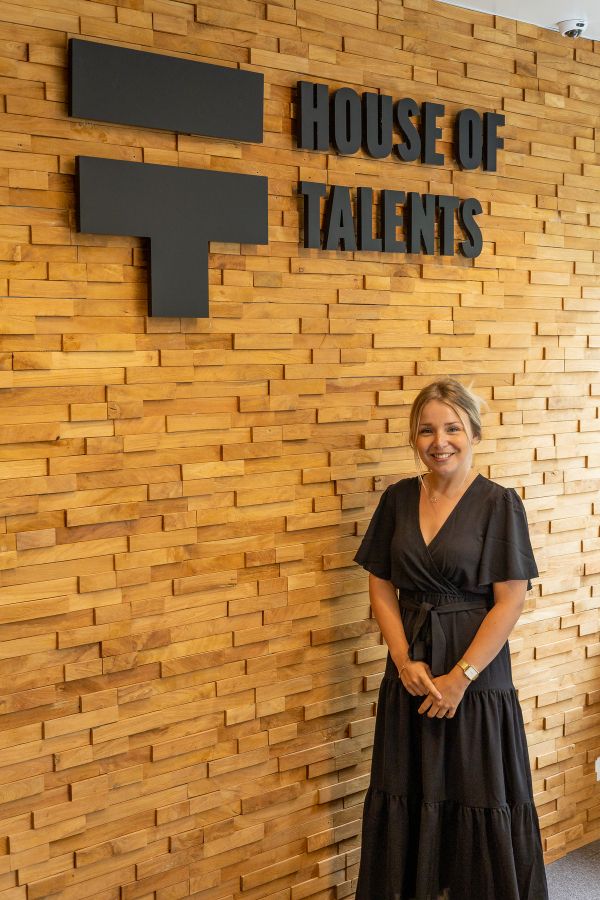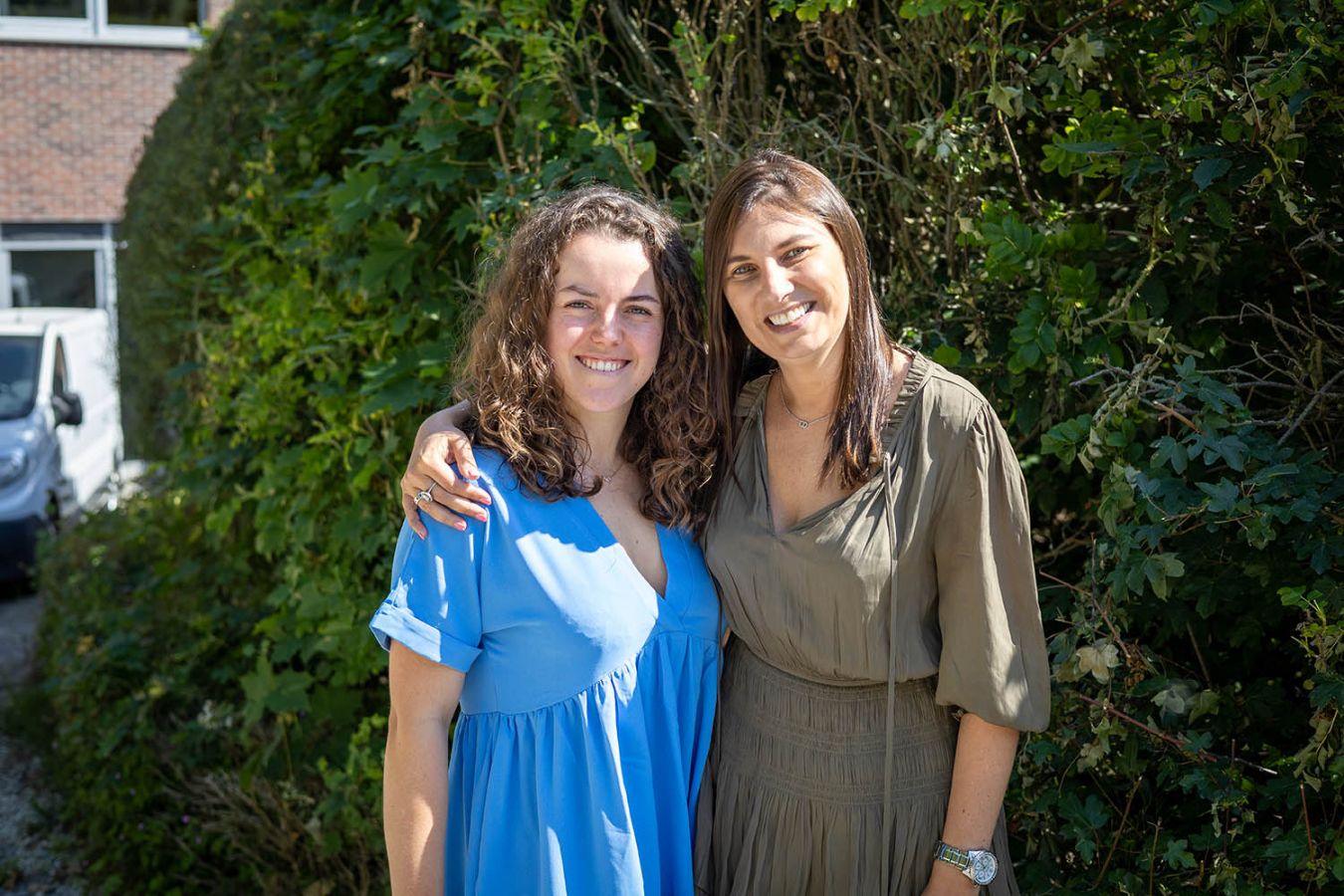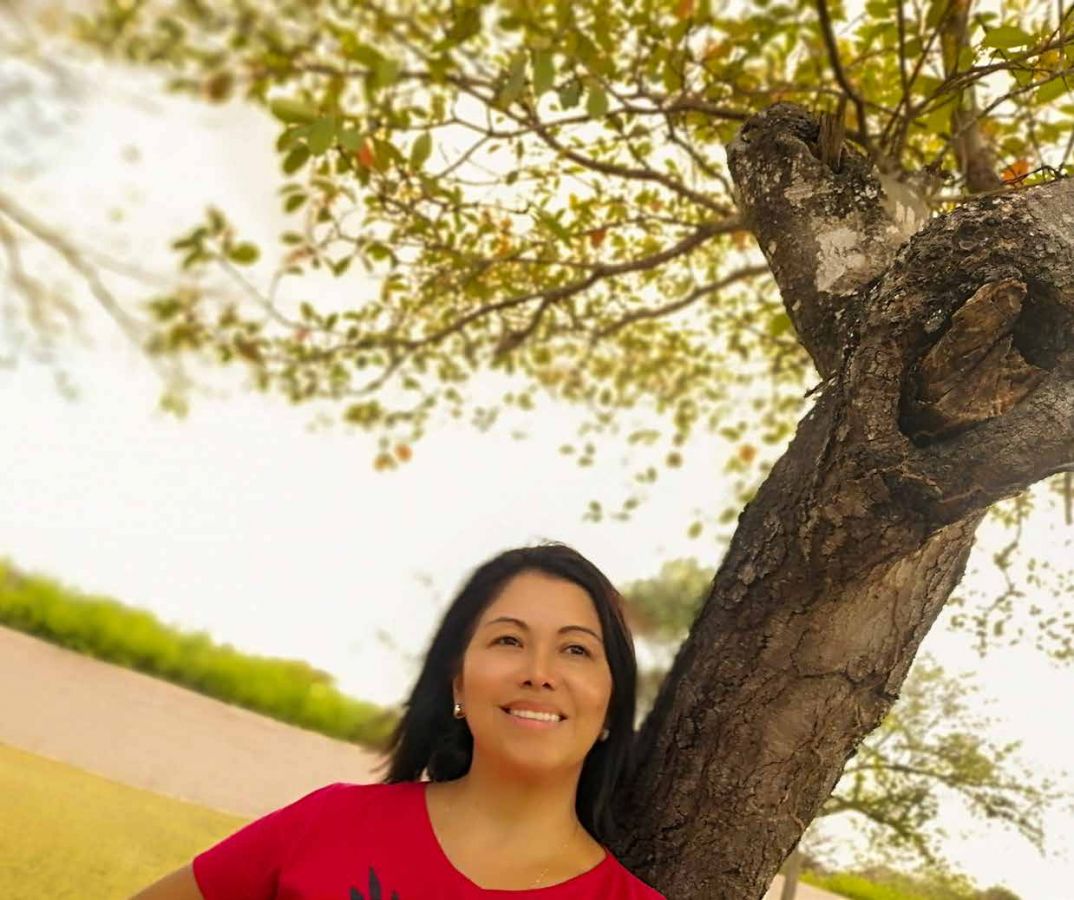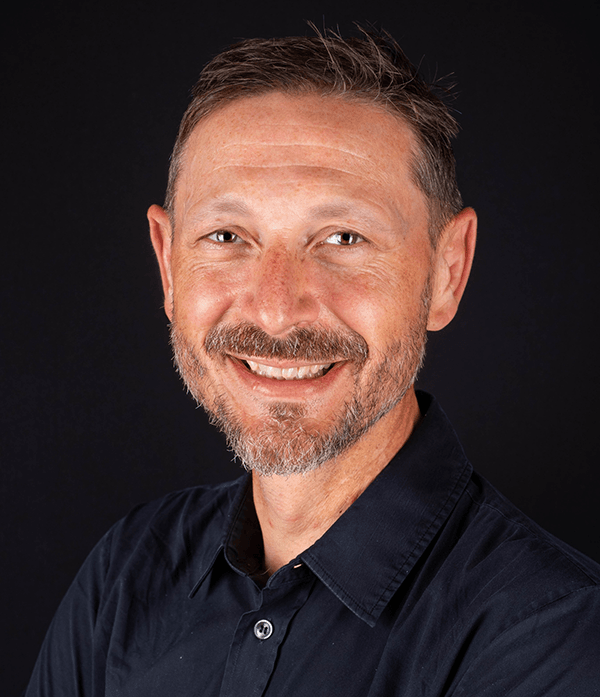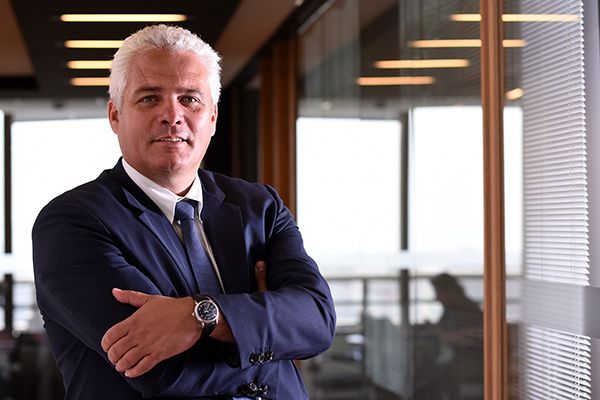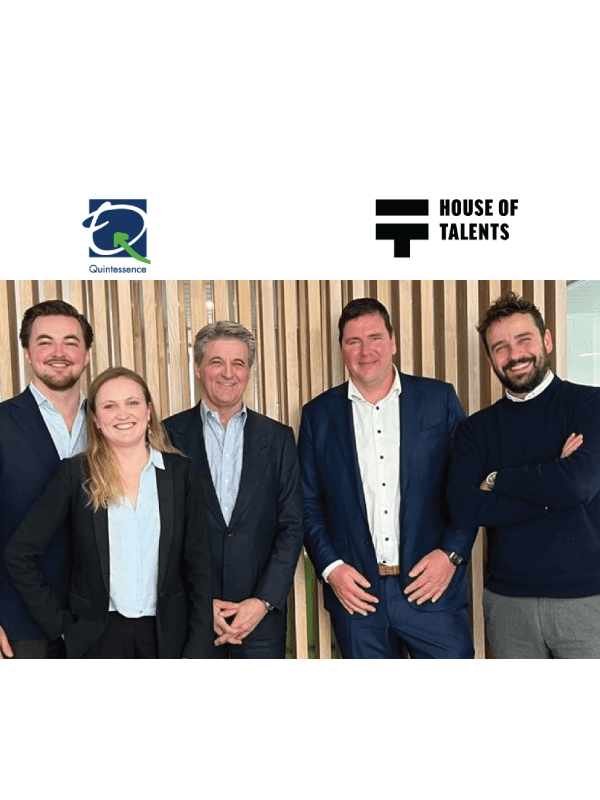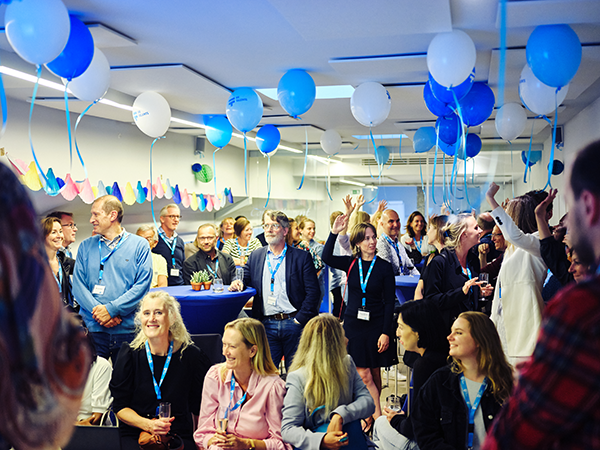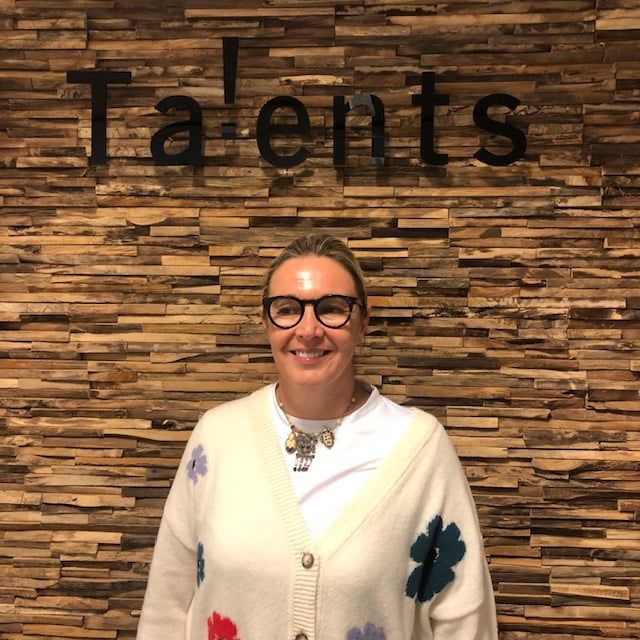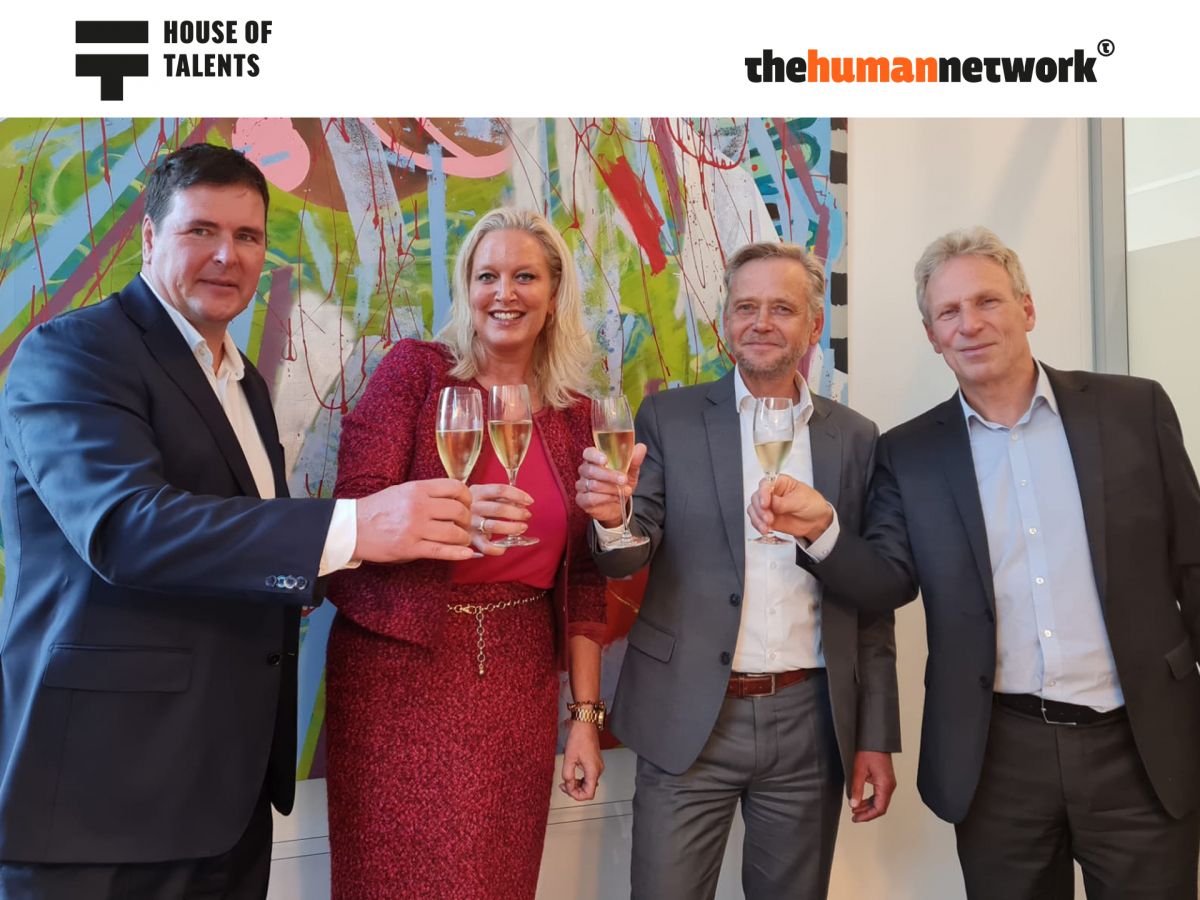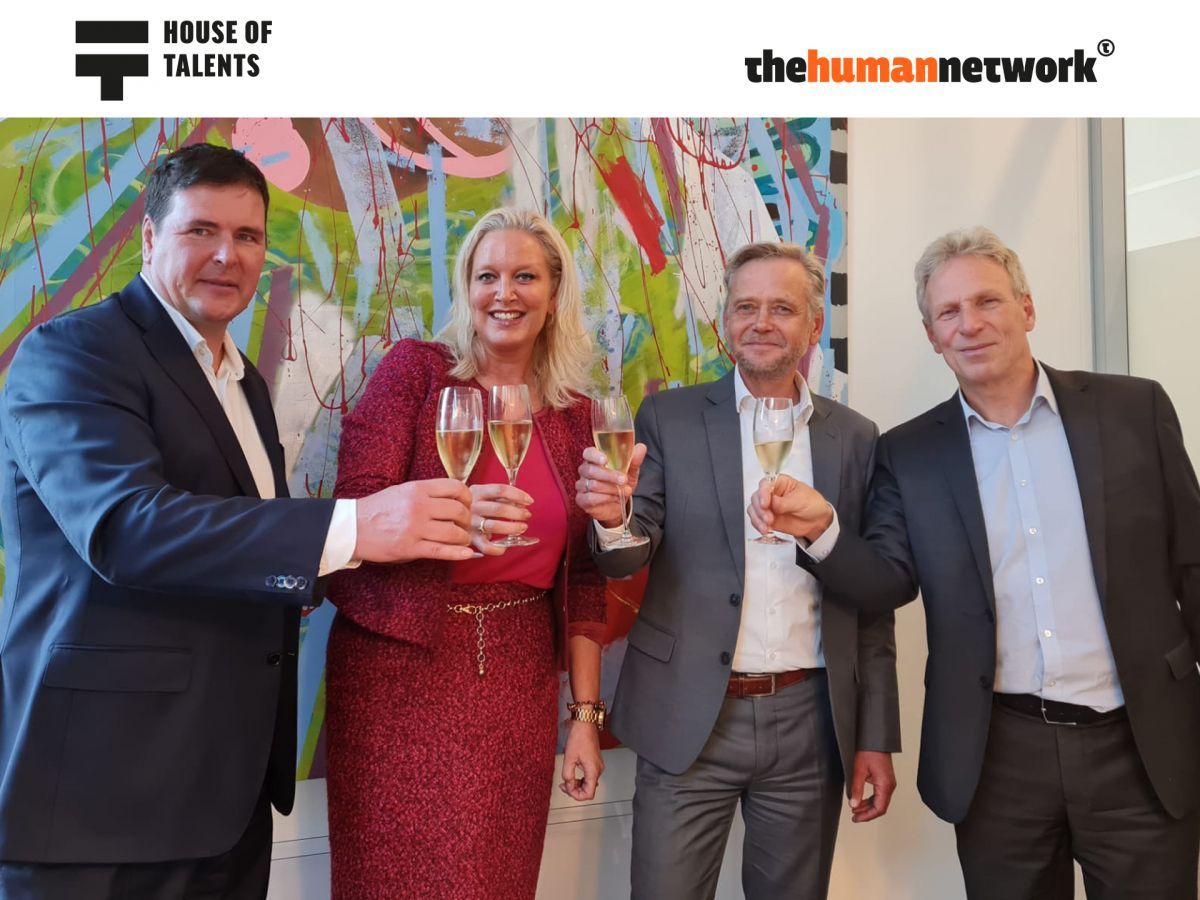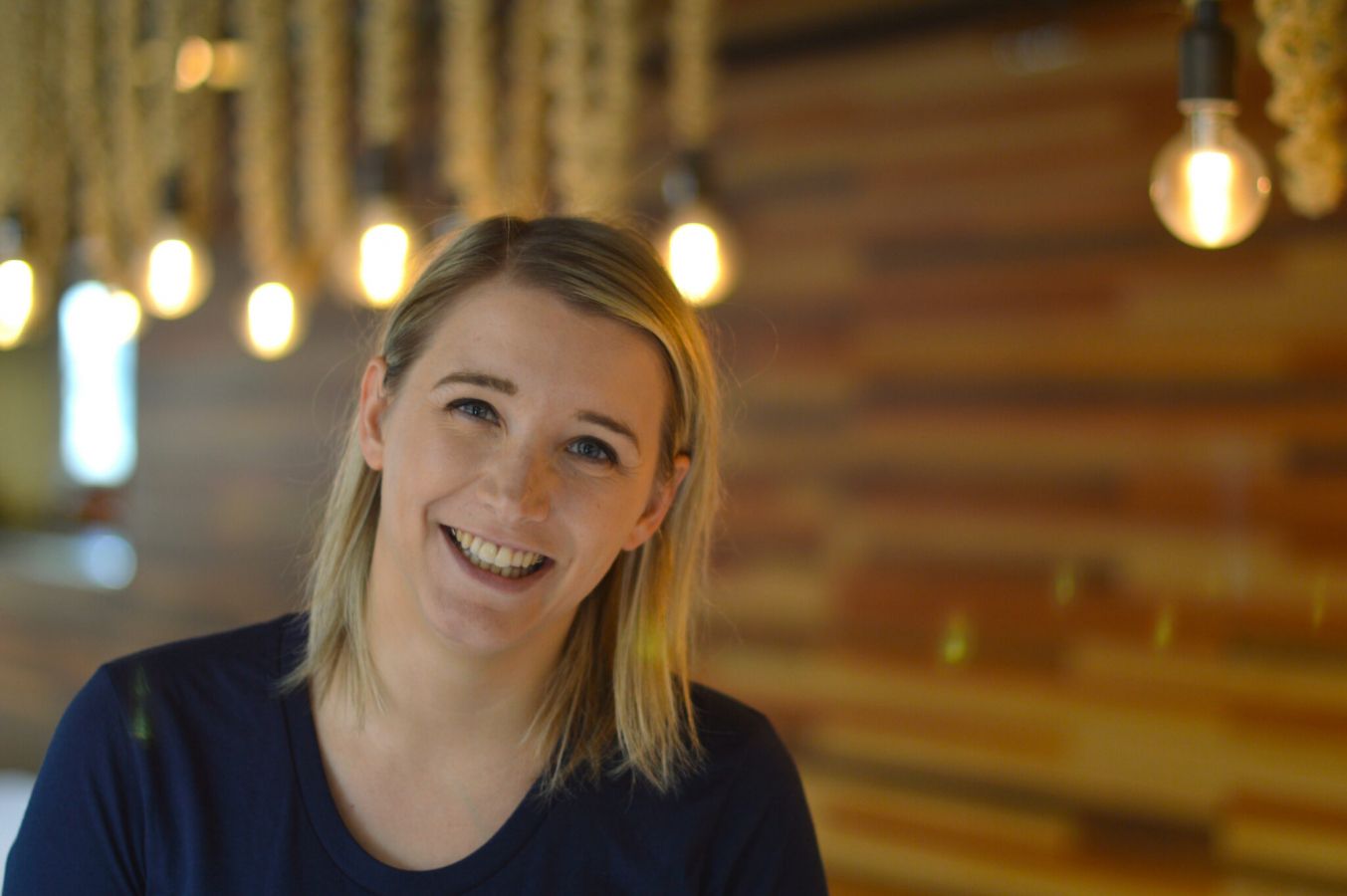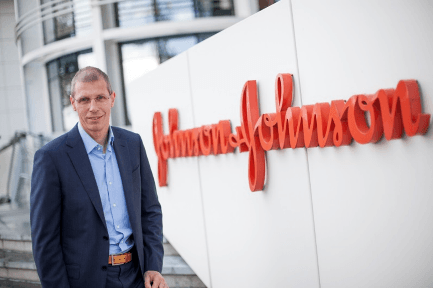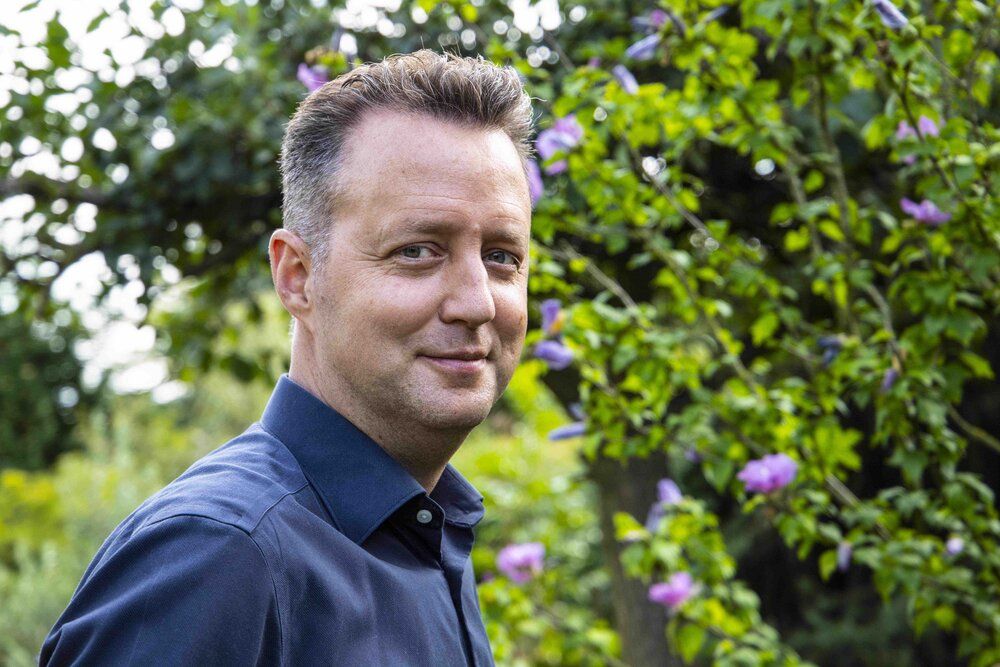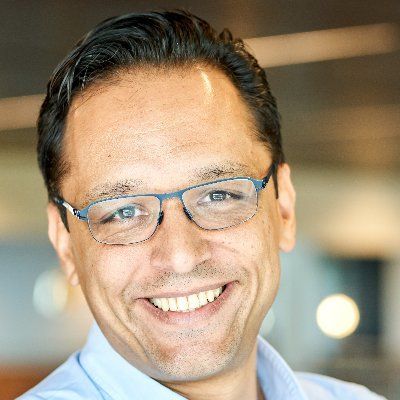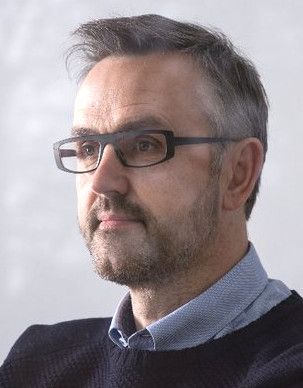The explosive growth of learning at Sanofi
Every month, Lesley Arens from #ZigZagHR interviews an international HR professional. This month Sofia Van Overmeire, General Manager at HR Talents, connects us with Celia Berenguer, Chief Learning Officer at Sanofi, a global pharmaceutical company with more than 100,000 employees in 100 countries and 73 manufacturing sites around the world. And with an impressive new corporate university.
As the pandemic took hold, Sanofi was just about to launch its long-planned corporate university. So with last minute adjustments, Celia Berenguer led the virtual launch at the end of March last year. Approximately 14,000 employees joined the university in a kick-off webinar and now Sanofi has more than 20,000 employees directly engaged in the university on a daily basis. The appetite for learning seems voracious.
How did you redesign the launch of a corporate university?
"When I joined Sanofi in 2017, Learning & Development was completely fragmented. There’s an inevitable slowness to drive major transformations in large highly matrixed companies such as Sanofi. That’s why we decided to launch the university in Q1 of 2020 with the buy-in we had at that time and build upon that. By the end of February 2020 it became clear that we were moving towards a situation of lockdown. In two weeks we completely redesigned the launch: how do we make it a meaningful digital experience and what do we focus on? We kept it super simple: focus on explaining what Sanofi University is and what people can find. And we put an emphasis on the topics that were most relevant during lockdown, such as: how to use technology, how to be part of a virtual team, how to manage stress and ambiguity. We organised the kick-off three times to cover all time zones."
What is the first target of the corporate university?
At the time of the launch, the pandemic was the only communication flowing within the company. In the midst of all this negativity, our Sanofi University became a positive message, a big motivator for people to join in and learn.”
"We reached 860.000 hours by June, and even though we didn’t succeed on reaching the goal of 1 million by June, we did manage to double the number of hours spent on learning compared to all of the previous year. A massive advancement that, by the way, is a demonstration of our stretch behavior, one of the four key behaviours that we want to drive, challenging our employees to get out of their comfort zone and to aim bigger."
Did you build the university according to famous examples?
“Our corporate university differs from other corporate universities as our model is designed not to be aligned to the business or to careers, but to be aligned to core capabilities and skills that the company needs to drive the strategy. It’s great to know what skills we need today, but it’s more important to focus on the skills that we will need in the future on a macro level. We encouraged everybody to go all in. We want to encourage our employees to learn in a more focused way, helping them to become more aware that they are learning all the time, and to be more purposeful and choiceful about their learning.”
Has the pandemic really caused a shift in the way or the concept of learning?
“The pandemic has also caused a shift in how, when and where we learn. Now that we know that, we can learn a lot digitally, digital has become more ingrained. Our company is becoming more and more digital – from our first digitally-enabled, continuous manufacturing facility that opened in October 2019, through the way we interact with our customers, patients or analyze data for research or real-world evidence.”
Are employees convinced that learning has become even more important?
“We are always learning. It’s interesting that this message has gotten lost along the way. People still believe they’re done with learning as they graduate. Luckily the new generation is much more curious, wanting to continuously try new things - yet also very impatient – ready to move on after trying something once.”
What’s the biggest challenge?
“The biggest challenge is to help people shift attitudes and behaviors towards learning. Be aware of ones strengths and development areas, identifying ways to build new skills – which of course are not always through formal learning! One area I personally find challenging is finding focus -because information and distractions are everywhere. Concentrating is a behaviour that some of us may have to learn again in the current fast-paced, information overload world that we live in!”
And what’s the role of HR in this?
“The learning challenge is a responsibility in which the CDO, CLO, CEO and CHRO all are involved. Historically, HR played a significant role in the skills related to leadership and management: making sure we have the right leaders with the right skills to drive the organisation. But today, HR finds itself in a split, trying to identify what skills are needed without having the expertise in technical skills. This raises an interesting question: where does HR’s role start and stop? In reality, HR and the business need to start partnering like never before – sharing knowledge and data on how the business is evolving to continuously adapt the skills required. And HR professionals need to become data scientists, to give the leaders the insights they need.”
And what is your main challenge, Celia?
"Working with the matrix! You cannot and should not centralize learning. The ownership needs to sit everywhere!”
Meanwhile in Belgium
For the local interpretation, we listened to Katleen Janssen, Senior HR Business Partner at Sanofi in Belgium. We went from Paris to the Kempen, where Katleen is responsible for learning and coordinates all processes of learning, as a partner of the business. "Managers are taking on more and more responsibility in this respect", she says. Their greatest learning needs? On the one hand, training courses that are very performance-driven and function-related, and on the other, leadership, remote leadership and leading during change.
Challenge 1: choice overload
"Sanofi's offer is fantastic and unlimited. And exactly that is one of the biggest challenges: the range is so wide that the Netflix issue can occur: hundreds of series, which makes it difficult to choose. Someone who translates the offer (literally and figuratively) and compiles playlists tailored to our employees' needs, that would be fantastic! We have recently set up a local learning committee, in which managers also participate, because they know their employees best. Together, we think about how we can create a learning culture and guide employees to the most relevant training courses from the existing offer.
Challenge 2: Is everyone on board?
"To really ensure that everyone has an equal opportunity to learn (online), a differentiated approach is needed, depending on whether employees are able to see the forest for the trees. Ideally, everyone can be screened and employees are divided into three groups. A first group finds its own way through the enormous learning offer. A second group benefits from a filter, where we help them focus on the modules that are most useful. A third group needs support.
Challenge 3: (always) too little time
"Most people are open to learning new things, but there is always room for improvement: the attitude to learning, for example, is sometimes too hesitant, driven by changes that have to be made instead of the needs of tomorrow. We still think about learning in a too traditional way, too often. Formal learning is an important add-on, but we learn even more from doing new things or by learning from others. I personally believe that there is still a lot of room for openness and attention to feedback.
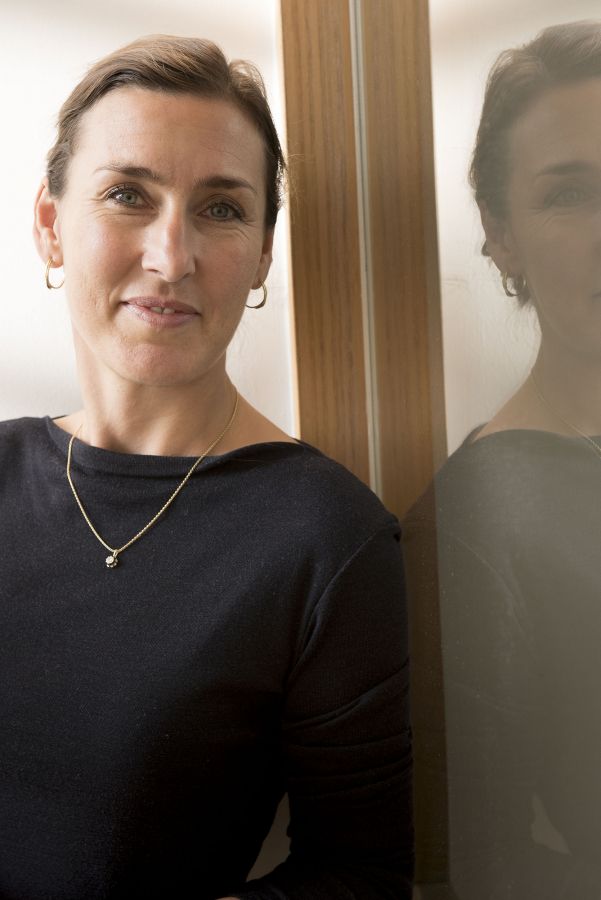
This article was written by #ZigZagHR.









